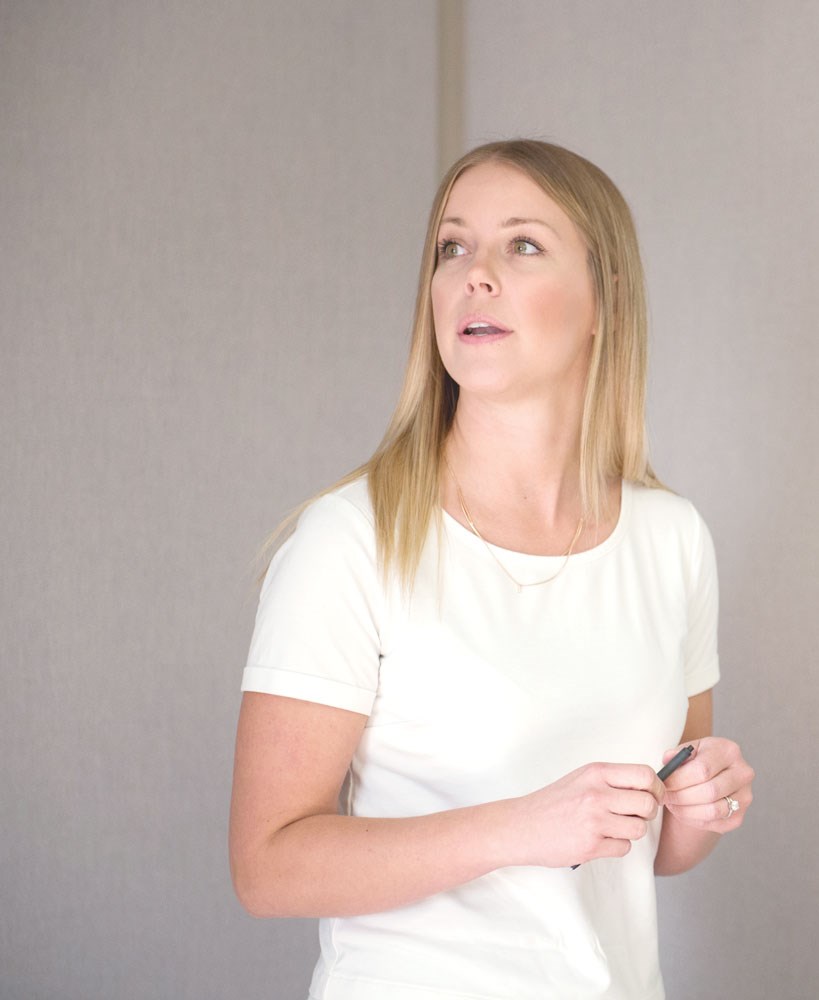October’s lunch and learn program for the entity formerly known as Enform Saskatchewan was in full swing in mid-October, visiting Weyburn on Oct. 10, Estevan on Oct. 11, Carlyle on Oct. 12, and the following week in Swift Current on Oct. 17, Kindersley on Oct. 18 and a full day session in Lloydminster on Oct. 19.
Bob Ross, Arnold Betzema and Juliane Weaver spoke to roughly a dozen people in attendance at the Estevan event.
Ross started out by explaining that by Oct. 18, details should be out on the recent merger of the Oilsands Safety Association and Enform. The merger was announced Oct. 1. The new entity will be known as Energy Safety Canada. He noted that under the non-specific title of “Energy Safety Canada,” that opens the doors for participation by power generation, wind and solar sectors.
“It’s going to be the best of both organizations,” Ross said.
There will be five key elements of their approach, starting with data-driven decision making. Agreed standardization is the second. Getting workers ready for work (safely) is the third. Employers and companies will be encouraged to support and improve safety performance. Finally, they intend on enhancing the brand and services through effective communications and administration.
Along the lines of data-driven decision making, Ross spoke in detail on how they use Workers Compensation Board rates to focus efforts. He noted that of the roughly 48,000 registered companies with WCB in Saskatchewan, of which about 3,750 are in the oil and gas sector, 11 per cent of those companies make up nearly 87 percent of the claims. In the oil and gas sector, there’s roughly 100 companies that stand out.
He noted they process and analyze WCB data, but that data doesn’t have specifics. “We don’t know what happened,” Ross said.
To that end, they work with employers and target where the risks are.
Ross pointed out that “The WCB premiums aret he lowest they’ve ever been in Saskatchewan.”
The number of employers in a premium surcharge position (due to claims) has dropped 30 per cent from 2011 to 2016. He added that by working with several surcharged employers in reviewing claims, they have been able to find savings on their premiums.
Betzema said that the mantra “Diversity is our strength,” is becoming a common phrase in Saskatchewan. He spoke about the inclusion of young workers and new workers, especially immigrants, into the workplace. Indigenous people are another focus, as are people with disabilities.
“We want to get them in the industry, but how do we keep them?” he asked.
Having a good health and safety record is one way to retain workers, he suggested.
There is a service rig company owned by Onion Lake First Nation, Betzema said.
These issues are pertinent due to the high number of expected retirements in the workforce in the coming years.
Weaver spoke about youth joining the workplace and pointed out that orientation for new workers is key. Using the Worksafe Saskatchewan orientation template, she noted three important pillars: the right to know, the right to refuse and the right to participate.
When it comes to new workers, it’s important to observe how they do things, correcting as needed and praising good results as well.




